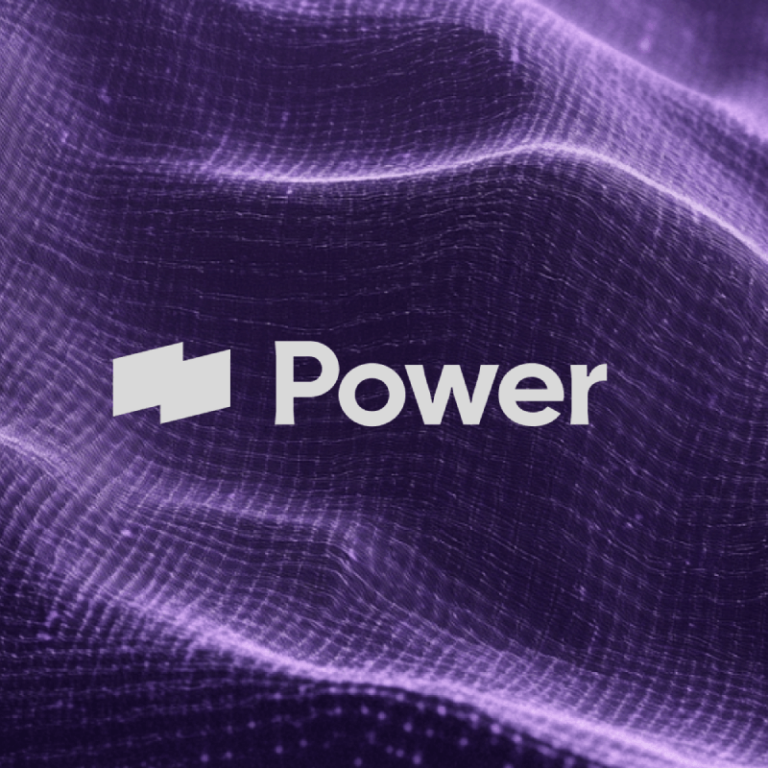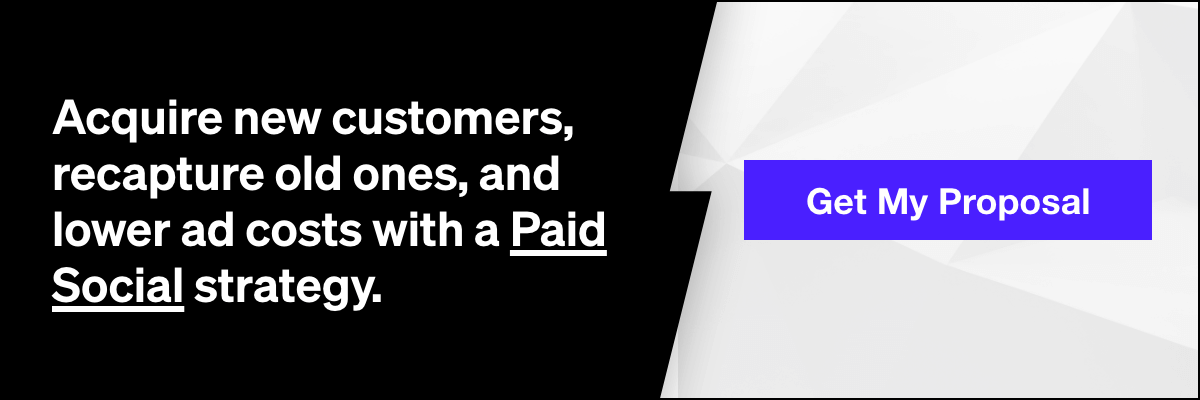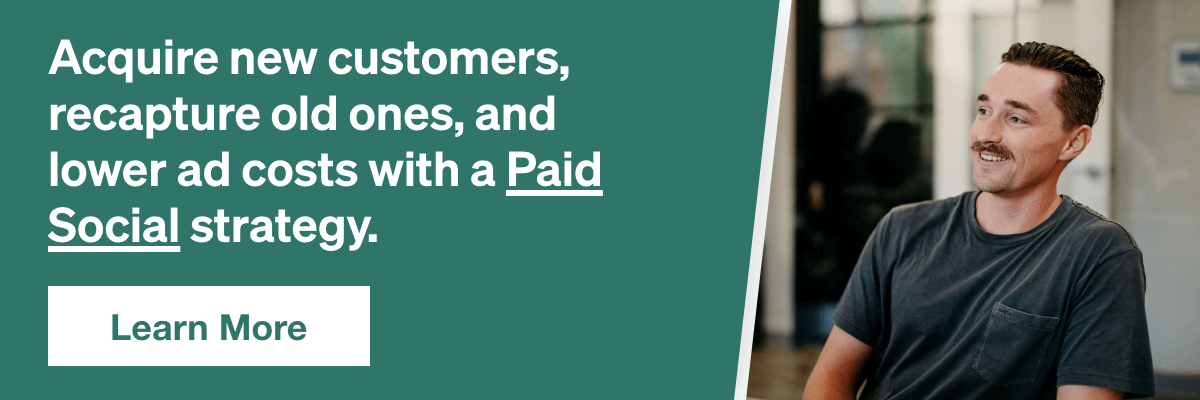Lookalike audiences are highly valuable but often under-utilized. A lookalike audience is derived from another custom audience – whether it be a CRM list, a website visitor list, or even an audience built from engagement on your FB ads or posts. Facebook will take your ‘seed’ list and create a much larger and more scalable audience with similar demographic and psychographic traits based on the composition of your seed list. This is useful for identifying other high-intent users since it goes beyond the more simplistic ‘interest’ targeting that more basic-level marketers would typically use.
So, How Exactly Does It Work?
Once you’ve selected/uploaded your custom audience into the FB ‘Audiences’ tab, you’re prompted to select a country and a percentage (between 1% and 10%). This percentage figure represents the size of the audience you’d like to target, with 1% being the smallest and most similar to your seed list, and 10% being the largest/most scalable. With the higher percentage lookalikes you will have more scale, but the audience is far less qualified.

But What Do These Percentages Really Mean?
The percentage you choose when building your lookalike audience reflects the percentage of the FB user population (in the country you’ve selected) that most closely represents your seed list. So, for example, if you’re a retailer that sells apparel for older women your seed list and lookalike will be almost entirely composed of older females. As another example, if you’re a sports equipment retailer that sells about half men’s and half women’s gear, your seed & lookalike will also reflect that composition.
What Are Some Best Practices?
When building lookalike audiences, it is important to segment your seed lists as much as possible. A common mistake is uploading your entire purchaser CRM list and building lookalikes from a huge list of anyone who has ever bought. When possible, try putting together more refined segments like repeat buyers, high LTV customers, or buyers of specific products. This will help further qualify your audiences and provide stronger results.
Related: Building Facebook Ad Custom Audiences: A Quick Guide
Going back to the sporting goods example, there may be lots of users in their CRM who have maybe made one small purchase throughout the company’s existence – let’s say someone bought one bag of baseballs – they should be treated differently than the user who buys a catcher’s mitt, a bat, and apparel multiple times throughout the year.
How Can We Target These Users?
This type of targeting is part of your ‘custom audiences’ section when building an ad set. This means that additional targeting layers can be added to further refine your audience. Again using the sports retailer example, let’s say I as the business owner would like to target a lookalike off of the people who bought during the holiday season last year who also like baseball. This is possible by including the lookalike audience in the custom audience section and ‘baseball’ in the ‘detailed targeting’ section.

This can be an effective method for ensuring that your content/offer will resonate with your audience. One thing to note is that including detailed targeting as an overlay when utilizing lookalikes may result in very small audiences – if this is the case you may want to try using a higher percentage when building the lookalike from your seed audiences.
Have you had success with lookalike audiences? Let us know in the comments!








